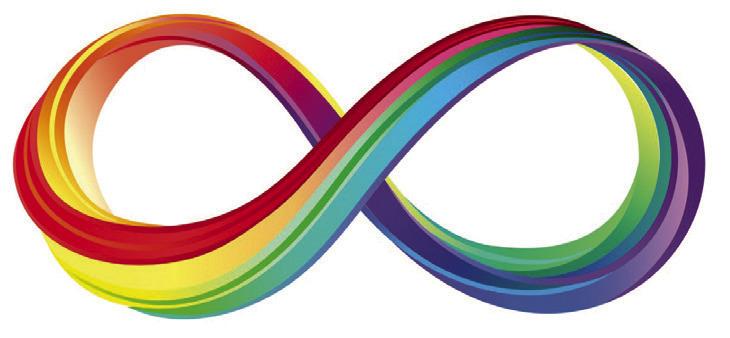April is Autism Acceptance Month, which according to the Centers for Disease Control and Prevention (CDC), promotes autism acceptance, celebrates neurodiversity and individual differences, and should be used to teach about inclusivity.
“For Autism Acceptance Month use your voice and platforms to spread the messages of acceptance, inclusion, and help connect people to support services,” states the CDC. “It’s also a time to renew our commitment to honor the unique lived experiences of people with autism.”
Autism Spectrum Disorder (ASD) is a developmental disability caused by differences in the brain. Although someone may be diagnosed with ASD, their experience and symptoms can vary. The spectrum signifies the range of differences those diagnosed may have, from affecting how they can learn and process new information, to how they communicate, behave, and adapt to their surroundings.
According to the CDC, “There is not just one cause of ASD. There are many different factors that have been identified that may make a child more likely to have ASD, including environmental, biologic, and genetic factors.”
Doctors look at developmental history and behavior to make an autism diagnosis. According to the CDC, ASD can sometimes be detected as early as 18 months of age or younger, and by age 2, that diagnosis can be considered reliable. Although diagnosis can occur this young, many individuals experience a very late diagnosis or may not be diagnosed until they are adults, if at all.
There is no “cure” for ASD, but treatment plans may help to reduce symptoms that interfere with daily functioning and quality of life for the individual. Treatment plans are based on the individual and may be focused on assisting with communication, behavior, learning or concentration, emotional control, and more.
Though over the years Autism Spectrum Disorder has been represented with a puzzle piece, the symbol has come to be considered controversial by some, due to its negative implications and connections with the organization Autism Speaks.
Instead, ASD is now often symbolized by a rainbow infinity symbol. It represents something incapable of ending and how ASD has a broad and varied spectrum of experiences. In addition, this symbol has been used as a whole to support the acceptance of neurodiversity and its broad impact on those around the world.
To participate in Autism Acceptance Month, it is recommended to listen to the stories and experiences of those who have autism themselves. Throughout the month, many individuals will post their stories, share art, and information online.
In addition, take time to do personal research and share educational resources or support services. To find or share posts, the CDC recommends looking for and applying hashtags such as #AutismAcceptance-Month, #AutismAwareness, and #Neurodiversity.

